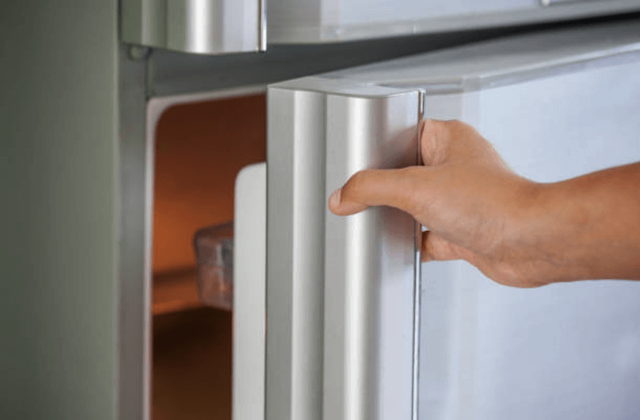
Beaverton Appliance Repair is experienced in refrigerator repair in Beaverton, including professional services to repair ice makers that aren’t working. Learn about some common ice maker failures below:
Ice makers are one of the most convenient inventions of all time. An ice maker is a small luxury a lot of people take for granted. Refrigerator ice makers are simple machines that do not feature a lot of complex parts that will go wrong with them.
Like with any appliance repair, there are a few basic things that need to be reviewed before assuming the worst. And, remember, if needed, you are able to replace the ice maker without replacing the entire refrigerator, dependent on the model. First, let’s take a look at some of the reasons for an ice maker breaking.
If an ice maker is making ice but it isn’t ejecting it it is usually means there’s a mechanical issue vs. an electrical failure. This can happen when reorganizing things around in the freezer, you might jam the control switch up or down. Most of the time the ice maker will be blocked with something else, even another piece of ice. So, look to see if there’s ice or food blocking this part from operating properly.
Before starting the steps of clearing out the freezer, ensure the ice maker is on. This is done by flipping the metal control arm in the down position. Sometimes, moving food around in the freezer unit can put the control in the off position. If the the switch is clear, then there may be food or ice stuck inside of the ice maker or it is not getting a good connection.
Check the Control Arm
If the control arm is down and there is ice but it’s not ejecting it, this could be an electrical or mechanical failure. This is going to require some more troubleshooting. Ready to proceed? First, we must inspect the electrical connection. This can become unplugged from the rear of the freezer or refrigerator when moving or shifting the freezer contents.
To check this, unplug the fridge and pull it out from the kitchen wall. Then, turn off the water supply valve. Locate the valve on the back of the inside of the freezer. Essentially this is what plugs the ice maker into the freezer unit. Ensure that it’s actually plugged in properly.
Then, remove any ice that’s inside of the ice maker. This can be accomplished by pouring in a little water to help get the ice that is in there out.
Once this is done, turn on the power to the fridge and turn on the ice maker. It could take the solenoid component a couple of seconds to react and fill the mold. When the mold is 100% full, wait around 4-5 hours to see if you’ve cleared the issue.
Check for Frozen Lines
Other ice maker failures that can cause your ice maker to not make any ice are frozen water lines. The water lines have been blocked with frost. This is a pretty simple fix.
First, unplug the freezer and find the shut off valve. Shut the water off and then get a hair dryer to warm the water line or just let the refrigerator sit shut off for a couple of hours and wait until the line is thawed.
There are some brands and models that feature a water filter that can freeze or ice over. In these situations, finding the filter is the first step. Then repeat what was done for the frozen water line.
When your ice maker is not making big enough cubes of ice, there’s a problem with the ice maker settings. To adjust the settings, take the top part of the cover of the ice maker off and find a standard knob that has plus and a minus symbols. To do this, you could need a flat head screwdriver.
ADDITIONAL REFRIGERATOR RESOURCES
- Refrigerator Noisy
- Refrigerator Water Dispenser Not Working
- Refrigerator Not Cooling
- How Does a Refrigerator Work?
